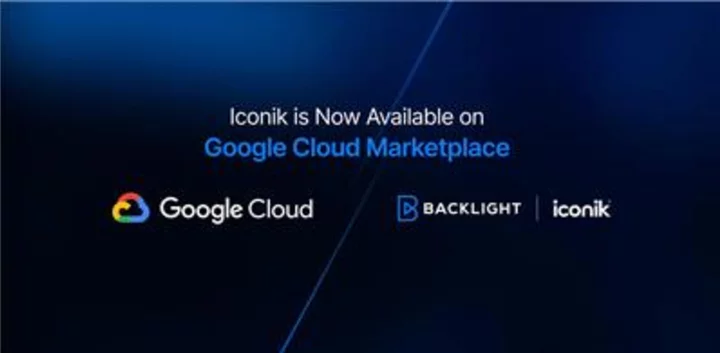
Backlight Delivers Next Level Media Asset Management Through Google Cloud Marketplace
BOSTON--(BUSINESS WIRE)--Aug 2, 2023--
2023-08-02 23:19

Who is Sweaty Eddie? Drag king on 'AGT' Season 18 is on mission to popularize less-known forms of drag
Sweaty Eddie specializes in captivating cameo performances that are both amusing and mysterious
2023-06-21 06:20

Investment scams are everywhere on social media. Here's how to spot one
Social media is full of scammers promising guaranteed returns on investment, and consumers lost $3.8 billion to them last year just in the U.S., according to the Federal Trade Commission
2023-08-17 23:25

Cryptoverse: Stablecoins sag in the dog days of summer
By Hannah Lang Bitcoin isn't the only asset experiencing a late summer slump. Stablecoins, cryptocurrencies typically pegged to
2023-09-19 13:19

US House panel seeks ban on federal purchases of Chinese drones - FT
The U.S. House of Representatives' China committee will introduce a bill to ban the U.S. government from buying
2023-11-01 18:26

EU wants to 'clearly label' AI-generated online content
The European Commission wants big online platforms to "clearly label" content -- words, images and audio -- that has been created by artificial intelligence, one...
2023-06-05 23:59

Overwatch 2 Summer Games Release Date
Fan-favorite Overwatch 2 event Summer Games is returning this year, potentially earlier than usual for the game.
2023-05-17 02:56

Orcas have been bullying porpoises for years – and scientists are baffled
An orcas diet consists of Chinook salmon and can eat up to two dozen fish a day - so why is it that the killer whales like to bully porpoises despite them not being part of their diet? That's the question which has left scientists scratching their heads, as the study published in Marine Mammal Science seeks to add further understanding to this subject. Around 78 cases of orcas targeting porpoises were noted by researchers from the UK, USA and Canada. It was said to be happening in the Salish Sea (located in the Canadian province of British Columbia and the U.S. state of Washington). Some of the orcas' bullying tactics include pushing the porpoise along with their nose, holding the porpoise in their mouth, balancing the porpoise above water, slapping the porpoise with their tail, and raking the porpoise with their teeth, according to Science Alert. Killer whales also use porpoises as playthings as they catch them before letting them and proceeding to chase them once more - and they even play toss them around in a 'pass the porpoise' game, say whale watchers. That's some textbook tormenting. Out of these sightings, 28 of them have ended in the harbour porpoise (Phocoena phocoena) or a Dall's porpoise being suspected to have been killed, though there's no record of the porpoises being eaten by the orcas. In terms of size, the porpoise is said to be fairly small being a similar size to a Chinook salmon - a large fish species that can grow up to 1.5 meters (5 feet). There are three theories that have been considered by the experts. Firstly, the bullying is all about creating coordination, and cohesion within the group of orcas, or alternatively that the orcas do this as a form of hunting practice. The final theory is that orcas could be trying to look after weak porpoises as if they were their own aka 'displaced epimeletic behaviour.' This mismothering behaviour – also known as 'displaced epimeletic behaviour' to scientists – might be due to their limited opportunities to look after youngsters as the stat shows. "Our research has shown that due to malnutrition, nearly 70 per cent of Southern Resident killer whale pregnancies have resulted in miscarriages or calves that died right away after birth." It seems that orcas are not the only bullies of the seas, as smaller dolphins e.g. bottlenose have similarly been seen harassing and killing for no clear reason. Sign up to our free Indy100 weekly newsletter Have your say in our news democracy. Click the upvote icon at the top of the page to help raise this article through the indy100 rankings.
2023-10-07 15:57

DeSantis signs bill to defund DEI programs at Florida public colleges
Florida Gov. Ron DeSantis on Monday signed legislation to defund diversity, equity and inclusion programs at all state universities, which he called a "distraction from the core mission."
2023-05-16 01:57
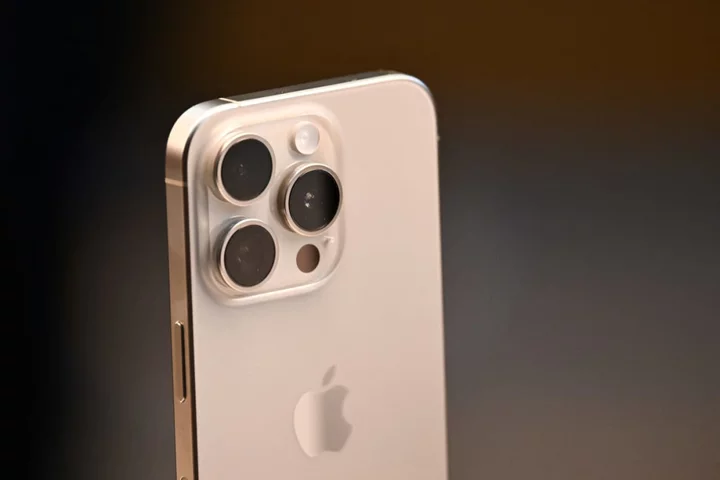
Big Bank Bought Up Apple, Tesla, AT&T, and Microsoft Stock
The Czech National Bank raised its investments in shares of Apple, Tesla, AT&T, and Microsoft by about 50% in the third quarter.
2023-10-29 20:25

World’s Second-Biggest Carbon Credit Project Halted by Legislative Hiatus
The world’s second-biggest carbon-credits project has halted its operations after the government of Zimbabwe said earlier this year
2023-07-19 19:55

Uncharted 2 director calls out Mission Impossible 7 for similar stunts
Bruce Straley has put the stunt scenes side by side on Twitter.
2023-07-17 20:30
You Might Like...

Elon Musk Announces New Company xAI as He Seeks to Build ChatGPT Alternative

UK telecoms firm BT announces exit of chief executive
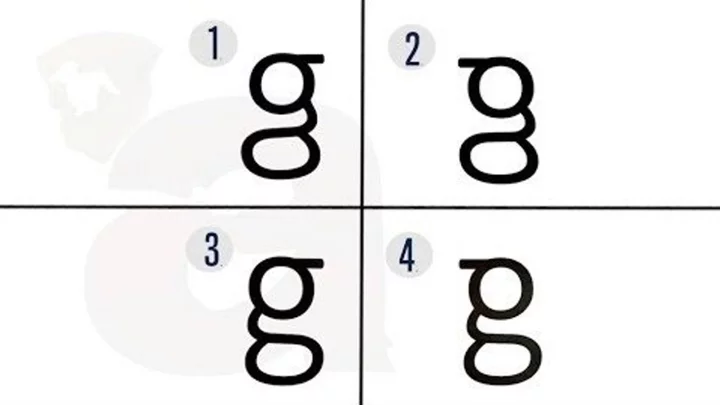
Can you find which letter 'G' is written correctly? Most people can't

Are Tekken 8's Combos Too Long? Yes, Say Devs

Tristan Tate calls out Mark Zuckerberg for supposedly 'cheating' in Elon Musk NSFW Challenge, Internet says 'Checkmate'
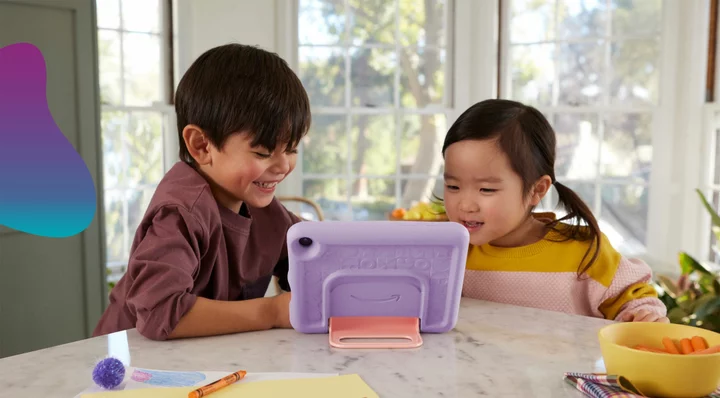
Save £80 on the Fire HD 8 Kids tablet this Prime Day

UK Government Steps Up Drought Planning as Temperatures Rise
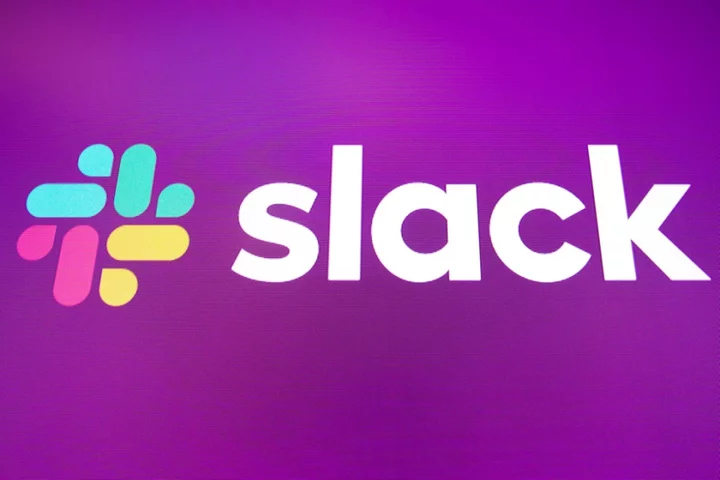
Slack update: Work chat app announces biggest ever redesign, with new ways of organising conversations
